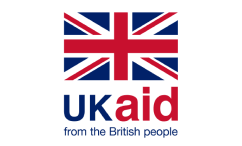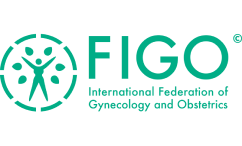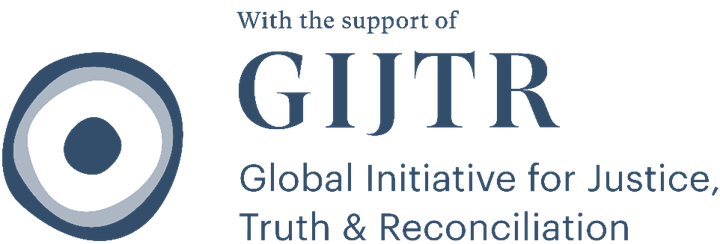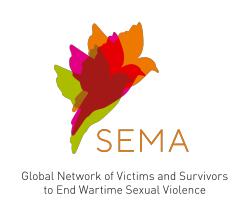...that prevention and response are non-discriminatory and specific. Further, they should respect the rights and prioritise the needs of victims/survivors, including groups that are particularly vulnerable or may be specifically targeted, ‘notably in the context of their health, education, and participation’.80 Refugees and internally displaced persons are a particularly vulnerable group. Civilians, especially women and children, account for the vast majority of those adversely affected by armed conflict, including as refugees and internally displaced persons.81 States......Central African Republic,16 Somalia,17 Mali,18 Yemen,19 and Sudan.20 The Council has noted that women and girls ‘account for the vast majority of those adversely affected by armed conflict, including as refugees and internally displaced persons, and increasingly are targeted by combatants and armed elements’.21 Protecting and guaranteeing the rights of women and girls in times of war and promoting their participation in peace processes are essential to achieving international peace and security.22 The Council has also acknowledged that men and boys......atrocity crimes, institution-building, and diplomatic efforts’; Protective measures once atrocity crimes are committed, including refugee camps for fleeing populations, coercive measures against perpetrators such as targeted individual sanctions on travel and finance, and the use of force through the Council as a last resort; Post-hoc measures to respond to mass atrocity crimes, including creating international commissions of inquiry, referring cases to the International Criminal Court for prosecution, and assisting local efforts for truth and reconciliation.71 II.......protection of women and girls🔗 All parties to armed conflict must fully respect international law applicable to the rights and protection of civilians, especially women and girls, in particular as protected under: The Geneva Conventions of 1949 and the Additional Protocols thereto of 1977; The Refugee Convention of 1951 and the Protocol thereto of 1967; The Convention on the Elimination of All Forms of Discrimination against Women of 1979 (CEDAW) and the Optional Protocol thereto......parties to armed conflict must consider the specific needs of women and girls in refugee camps and settlements, including in their design.82 III.5 States must take special measures to protect their population, especially women and girls, from CRSV🔗 States must ‘take special measures to protect women and girls from gender-based violence, particularly rape and other forms of sexual abuse, and all other forms of violence in situations of armed conflict’.83 Appropriate measures include, among others: Enforcing...
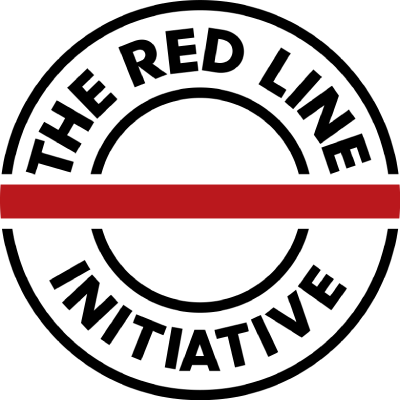
 EN
EN FR
FR ES
ES UK
UK
